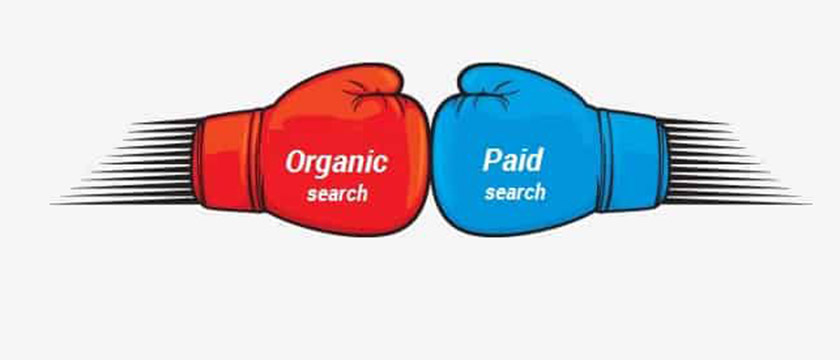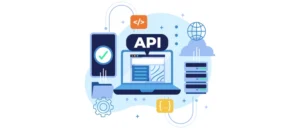In the ever-evolving digital landscape, businesses constantly seek the best strategies to grow their online presence and achieve their goals. Two prominent methods often debated are paid advertising and organic growth. Both have strengths and limitations, but deciding which approach works best for your business depends on your objectives, budget, and long-term vision. Let’s break down these strategies to help you make an informed choice.
Understanding Paid Advertising
Paid advertising involves paying platforms like Google Ads, Facebook, Instagram, or LinkedIn to display your content to a targeted audience. It’s a direct and often immediate way to drive traffic, leads, and sales.
- Advantages of Paid Advertising
- Quick Results: Generate traffic and conversions almost immediately after launching a campaign.
- Precision Targeting: Platforms offer sophisticated tools to target specific demographics, interests, and behaviours.
- Scalability: Paid campaigns can be adjusted based on performance and scaled as your needs grow.
- Measurable ROI: Tools like Google Analytics and Facebook Insights make tracking performance easy, enabling data-driven decisions.
- Challenges of Paid Advertising
- Cost-Intensive: Continuous investment is required to maintain visibility.
- Ad Fatigue: Overexposure to the same ad can reduce effectiveness.
- Expertise Needed: Managing successful campaigns often requires specialized knowledge or external support.
Understanding Organic Growth
Organic growth focuses on building your online presence naturally through SEO, content marketing, and audience engagement. Instead of paying for visibility, it relies on earning it by providing valuable and relevant content.
- Advantages of Organic Growth
- Cost-Effective: Ideal for businesses with smaller budgets, as it requires minimal monetary investment.
- Sustainable: Content and relationships developed organically provide long-term benefits.
- Builds Trust: Authentic interactions and high-quality content establish brand authority.
- Improves Visibility: Search engine optimization (SEO) boosts your rankings, increasing your website’s discoverability.
- Challenges of Organic Growth
- Time-Consuming: Results can take months to manifest.
- Competitive Environment: Standing out in a crowded digital space is challenging.
- Continuous Effort: Consistent content creation and audience interaction are necessary.
Paid Advertising vs. Organic Growth: A Comparative Look
| Aspect | Paid Advertising | Organic Growth |
|---|---|---|
| Speed | Immediate results | Takes time to show effects |
| Cost | Requires ongoing budget | Minimal monetary cost |
| Sustainability | Short-term without continued investment | Long-term with sustained effort |
| Audience Targeting | Highly specific targeting options | Broad, natural reach |
| Credibility | May feel promotional | Builds trust through authenticity |
When to Choose Paid Advertising
- Paid advertising is an intelligent choice when:
- You need immediate results (e.g., product launches, seasonal promotions).
- You want to test and analyze campaigns quickly.
- You aim to target a specific audience with precision.
- You have a dedicated budget for marketing efforts.
- Examples of Effective Paid Advertising
- Running a Facebook ad to promote a webinar.
- Launching a Google Ads campaign to boost sales during the holiday season.
When to Choose Organic Growth
- Organic growth is ideal when
- You’re focused on long-term brand building.
- You have a limited budget but can invest time.
- You want to establish authentic connections with your audience.
- You aim to improve search engine rankings through SEO.
- Examples of Effective Organic Growth
- Publishing a blog series to educate your audience.
- Building a social media community with regular engagement.
The Best Strategy: A Balanced Approach
For most businesses, a combination of both strategies works best.
- Use paid advertising to generate immediate traffic and leads.
- Invest in organic growth to build trust and sustain your brand’s presence over time.
- Leverage insights from paid campaigns to optimize your organic strategies and vice versa.
For instance, you might use Google Ads to drive traffic to a blog post, which then nurtures leads through email marketing—a seamless blend of both approaches.
Conclusion
The decision between paid advertising and organic growth isn’t about choosing one over the other—it’s about aligning each approach with your business goals. Paid advertising offers speed and precision, while organic growth provides sustainability and trust. By understanding your audience, setting clear objectives, and allocating resources wisely, you can create a strategy that maximizes your business’s potential.
To learn more or to acquire our services, please contact us at https://paypercampaign.com





